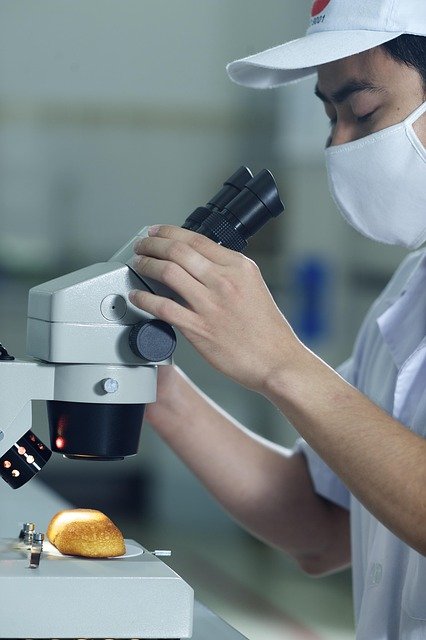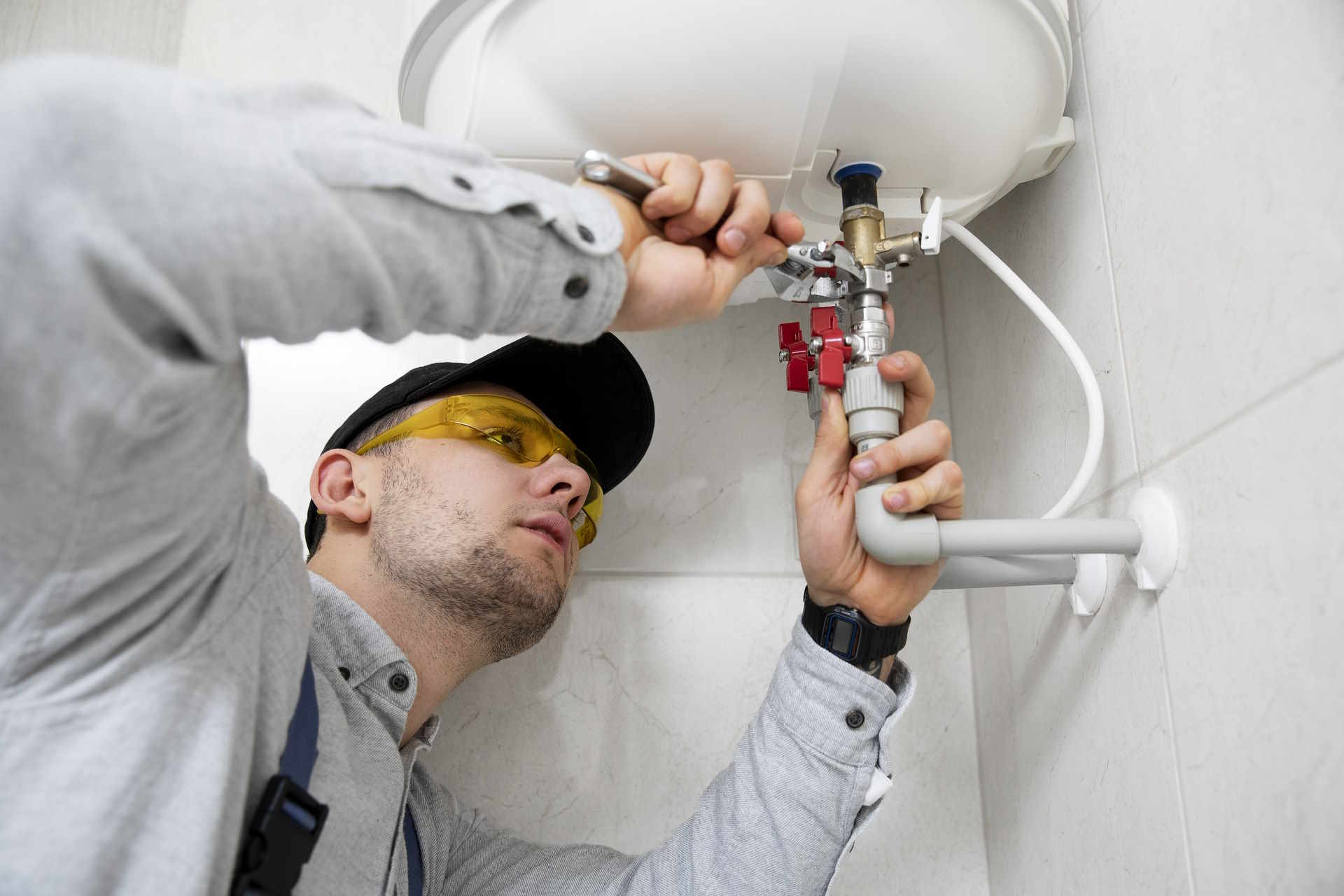Essential Guide to Laboratory Setup and Equipment for Modern Research
Setting up a modern research laboratory requires careful planning, precision, and adherence to safety and efficiency standards. From selecting the right location and layout to equipping the space with advanced instruments and technology, every detail plays a vital role in ensuring high-quality research outcomes. This guide provides an overview of the essential components, equipment, and best practices needed to establish a functional, compliant, and innovative laboratory environment.

A functional laboratory turns research goals into space, equipment, and procedures that work together without friction. Getting the foundations right saves time, reduces risk, and speeds up results. From room zoning and airflow to instrument selection and quality systems, the choices you make at setup determine how safe, reproducible, and scalable your lab will be.
How to plan and design the laboratory layout
A strong layout begins with mapping workflows from sample receipt to data. Separate clean and dirty zones, define storage, prep, analysis, and write‑up areas, and design circulation so people and materials move in one direction to reduce cross‑contamination. Plan bench depth and height for ergonomics, provide adequate knee space, and specify durable, chemical‑resistant surfaces. Utilities such as power, data, gas, and vacuum should be abundant and clearly marked, with emergency shutoffs accessible.
Environmental control is central to safety and data quality. Align ventilation with activity levels, using fume hoods for chemical hazards and biosafety cabinets for biological work, and keep airflows unobstructed. Place noisy or heat‑generating equipment in dedicated alcoves. Separate BSL areas with controlled access where applicable, and include antechambers for donning and doffing PPE. Provide clearly labeled chemical and biological storage, secondary containment, eyewash and safety showers, and logical routes to exits.
Future proofing prevents costly refurbishments. Favor modular casework and mobile benches to adapt to new methods. Allocate growth space for additional cold storage or high‑throughput instruments. Plan data infrastructure early, including reliable network connectivity, cable management, and adequate server or cloud access points. Consider local services in your area for maintenance, waste pickup, and calibration support when siting rooms and docks.
Essential laboratory equipment and tools
Core tools span measurement, processing, containment, and sterilization. Typical setups include adjustable pipettes with compatible tips, analytical and top‑loading balances, centrifuges sized to your tube and plate formats, incubators or temperature‑controlled shakers, microscopes for imaging needs, and water purification for reagent‑grade water. For safety and containment, pair chemical work with fume hoods and biological work with the appropriate class of biosafety cabinet. Cold chains commonly include refrigerators, freezers, and long‑term storage at low temperatures.
Selection should be driven by required accuracy, capacity, throughput, and compatibility. Validate that pipettes meet accuracy specifications at the volumes used, that centrifuges accommodate rotors and plate formats, and that incubators maintain uniform temperature and humidity. Check certifications and standards relevant to your field and jurisdiction. Factor in consumables, spare parts, and service availability in your area. Where possible, standardize across teams to simplify training, inventory, and calibration.
Sustainable choices can reduce operating costs and environmental impact. Look for energy‑efficient freezers, demand‑based ventilation where allowed, and instrument idle modes. Implement inventory management for reagents and consumables to limit waste. Establish labeling conventions and color codes for quick identification and to support traceability.
Safety, compliance, and quality assurance
Start with a formal risk assessment covering chemical, biological, physical, and ergonomic hazards. Implement a chemical hygiene plan, PPE matrix, spill response, and waste management procedures for solid, liquid, sharps, and mixed wastes. Train staff on safe use of fume hoods and biosafety cabinets, emphasizing sash height, airflow indicators, and proper techniques. Maintain ventilation logs, eyewash and shower checks, and alarm tests. Post clear signage for hazards, storage classes, and emergency contacts.
Compliance frameworks vary worldwide, so align your documentation and practices with the regulations and standards that apply in your area. Use standard operating procedures for critical processes, including sample handling, instrument operation, cleaning, and change control. Build a calibration and maintenance schedule for balances, pipettes, thermometers, incubators, and monitoring probes. Document installation, operational, and performance qualifications where required. Capture deviations and corrective actions, and periodically audit processes to verify effectiveness.
Digital tools strengthen quality assurance. Laboratory notebooks and inventory systems improve traceability, while equipment logbooks create a maintenance history. Environmental monitoring for temperature, humidity, differential pressure, and airflow helps protect data integrity. Backup power, surge protection, and alarm notifications safeguard samples and instruments during outages.
This article is for informational purposes only and should not be considered medical advice. Please consult a qualified healthcare professional for personalized guidance and treatment.
A well planned lab brings together smart layout, dependable tools, and disciplined safety and quality systems. By mapping workflows, selecting equipment that matches technical needs, and embedding documentation and training, teams create a space that is safe, efficient, and ready to evolve with modern research demands.




